The Importance of Dance Studio Soundproofing
Most people who ever attended dance classes for any length of time remember their days in the studio fondly. We make great friends there, and we learn an athletic artform that strengthens our bodies and minds at the same time. What’s not to love?
Well, if you’re a neighboring business, you may not love the amount of noise that dance studios can generate. Dance studio soundproofing is the easiest way to make sure the neighbors enjoy your business as much as the dancers do.
Why dance studio soundproofing is so important
Dance studios are places for expression and exercise, and with that comes the potential for a lot of noise. Due to the combination of large groups, tapping feet, and accompanying music, acoustical treatment, and soundproofing are important parts of keeping the studio comfortable and the neighbors happy.
Additionally, if your studio teaches dance lessons in styles that rely heavily on the stomping of feet, such as tap or flamenco, you’re going to find dance studio soundproofing to be particularly important. Heavy foot stomps not only create impact sounds that fill the room, but they can create vibrations that pass through the floor and into the rest of the structure. You definitely don’t want that. Here’s how to soundproof a dance studio.
Dance Studio Soundproofing Basics
Soundproofing isn’t super hard, but you’ll need to know what you’re doing if you’re going to be successful. A lot of people picture walls plastered with acoustical foam when they think of dance studio soundproofing. Those panels will definitely provide some benefit, but properly soundproofing a dance studio goes much deeper than surface level treatments. You’ve got to go in and address the density of each surface.
Add Mass to the Walls
The more mass something has, the harder it is for sound waves to pass through it. The problem with most dance studio walls is that they were built for general business purposes. If your studio is sandwiched between two other businesses in a strip mall, they may not be nearly dense enough to keep complaints from rolling in.
Rolling out mass loaded vinyl and an extra layer of drywall will add a really good amount of mass to your wall, as well as provide a sound damping barrier between the surfaces of the materials that make up your wall. If you don’t know much about what mass loaded vinyl is or how it works for soundproofing walls, look no further than those rolls of Marley you use on the floor. Marley and mass loaded vinyl are essentially the same thing. The same way that rolled out vinyl absorbs some of the impact sounds of feet hitting the wood floor, mass loaded vinyl absorbs vibrations in your walls.
Add Mass to the Floor
The floor is another place you’ll want to add mass, especially if you have downstairs neighbors or operate a tap or flamenco dance studio. All those footfalls create a lot of impact sound. An acoustic floor underlay will reduce their volume and make the floor feel softer to boot.
A soundproof floor underlayment made of recycled rubber is a great route to go. It’s a very green option since it keeps rubber tires out of the landfill, and it comes at a much lower price point than many of the other options in acoustic flooring materials. And if those reasons weren’t enough, the fact that recycled rubber is one of the best types of acoustic floor insulation for dance studio soundproofing and provides a thermal and vapor barrier make this solution a no-brainer.
Use Better Windows
A soundproof dance floor will work wonders for the downstairs neighbors, but what about the ones across the parking lot? Windows can be a significant source of sound leakage, so using better windows now will pay off big down the line. Double or triple glazed windows are great options for dance studios.
If you don’t know what double and triple glazed windows are, don’t worry. You’re not alone. Put simply, a double glazed window is constructed of two panes of glass, and a triple glazed window has three panes. They are both sealed around the edges, and the empty space between the panes are filled with an inert gas like argon that helps insulate against sound and heat passage.
If you don’t want to spring for a whole new set of windows right now, you still have great options for cutting down on the amount of noise that sneaks through. Window inserts can be added to your current windows to add an extra pane of glass and an air gap. If your current windows are well sealed so air can’t pass through, the addition of window inserts will help a great deal in your dance studio soundproofing endeavor.
Add Mass to Your Doors
Just like windows, doors can leak a lot of sound. Properly sealing them around the edges will help, but if you want to add any real level of dance studio soundproofing, you’ll need to use heavier doors than the ones that generally come standard in commercial and retail spaces.
Keep in mind that really heavy doors will require a solid structure to hold them, so upgrading your doors may also involve upgrading the frames and hardware. Once you hear the difference, you’ll see that it’s well worth the trouble. Finish your door with an automatic door sweep and no one outside the studio will even know when you’re teaching dance classes and when you’re not.
Acoustic Treatments to Keep the Noise Down
One of the easiest ways to keep sounds from bothering the neighbors is to simply turn the volume down. You can do that with your sound system for dance studios, but there’s no real way to turn down the volume on the feet of your dancers. If you want to essentially turn that volume down, you’ll need to do so through the use of acoustic treatments. Let’s look at some acoustical products that will keep the noise down and help your dance studio soundproofing project be more successful.
Fabric Wrapped Acoustical Panels
The hard floors and walls of your dance studio are prime surfaces for creating audio reflections. When the mixed sounds of music and footfalls strike your walls, they can reflect and create echoes and reverberation. Both of those things are troublesome in any indoor environment, but they are especially problematic in dance studios. Adding acoustic panels is a crucial component of dance studio soundproofing.
If we get echoes from footfalls, those extraneous sounds can audibly throw off the tempo of the song, making it harder to dance to. Plus, it just doesn’t sound that great. The reverb issue is just as big as echo. When all the sounds in an active dance studio reflect and build up inside the room, it gets louder and louder. Extended exposure can cause hearing damage to your dance family and headaches for your neighbors. Acoustic soundproofing panels for dance studios are the perfect way to address them.
Introducing softer surfaces that look great to break up the hard surfaces and reduce reflections are great ways to eliminate each of these audio problems from your studio.
Soundproof Curtains
Windows are another source of hard, reflective surfaces that can cause audio reflections. Even if you’ve got double or triple glazed windows keeping sounds from escaping, that doesn’t mean that the panes themselves don’t reflect sound waves and cause your sound to be less than perfect.
Adding heavyweight soundproof curtains pull double duty by giving your dancers privacy while they practice their routines and absorbing dance studio noise and reflections before they cause problems. They are super versatile and can deliver sound benefits anywhere a curtain can be hung.
Get Help From the Pros
Don’t try to tackle your dance studio soundproofing project alone if you don’t know what you’re doing. Wasting time and money by using the wrong materials or placing them in the wrong places will leave you underwhelmed by the results.
Consulting with people who know how to properly soundproof a space will help ensure you do it right the first time, and it will help you turn your noisy dance studio into the perfect place for practicing and performing.

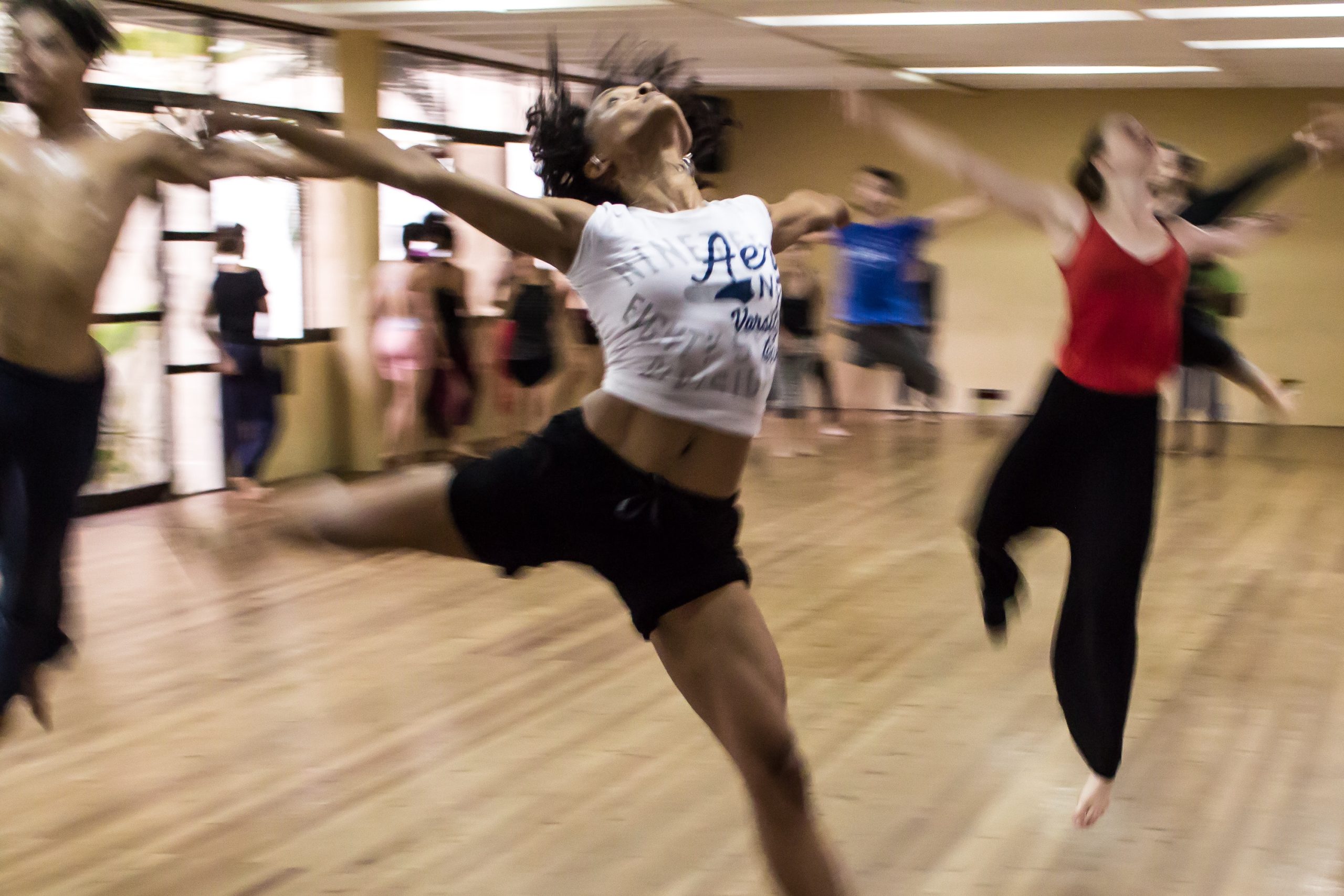



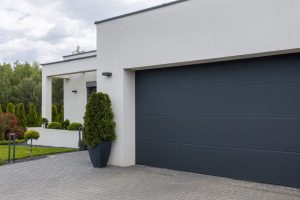
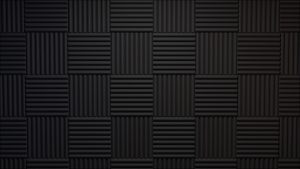
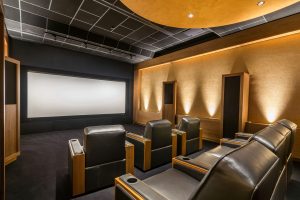








Leave a reply
You must be logged in to post a comment.